Ford Ranger vs Subaru Forester - Differences and prices compared
Costs and Efficiency:
Price and efficiency are often the first things buyers look at. Here it becomes clear which model has the long-term edge – whether at the pump, the plug, or in purchase price.
Subaru Forester has a hardly perceptible advantage in terms of price – it starts at 34700 £, while the Ford Ranger costs 37500 £. That’s a price difference of around 2820 £.
Fuel consumption also shows a difference: Ford Ranger manages with 3.10 L and is therefore convincingly more efficient than the Subaru Forester with 8.10 L. The difference is about 5 L per 100 km.
Engine and Performance:
Power, torque and acceleration are the classic benchmarks for car enthusiasts – and here, some clear differences start to show.
When it comes to engine power, the Ford Ranger has a decisively edge – offering 292 HP compared to 136 HP. That’s roughly 156 HP more horsepower.
In acceleration from 0 to 100 km/h, the Ford Ranger is clearly quicker – completing the sprint in 7.90 s, while the Subaru Forester takes 12.20 s. That’s about 4.30 s faster.
In terms of top speed, the Ford Ranger performs minimal better – reaching 190 km/h, while the Subaru Forester tops out at 188 km/h. The difference is around 2 km/h.
There’s also a difference in torque: Ford Ranger pulls clearly stronger with 697 Nm compared to 182 Nm. That’s about 515 Nm difference.
Space and Everyday Use:
Beyond pure performance, interior space and usability matter most in daily life. This is where you see which car is more practical and versatile.
Seats: offers more seating capacity – vs .
In curb weight, Subaru Forester is distinct lighter – 1693 kg compared to 2082 kg. The difference is around 389 kg.
When it comes to payload, Ford Ranger decisively takes the win – 1108 kg compared to 492 kg. That’s a difference of about 616 kg.
Who wins the race?
The Ford Ranger proves to be dominates this comparison and therefore becomes our DriveDuel Champion!
Ford Ranger is the better all-rounder in this comparison.
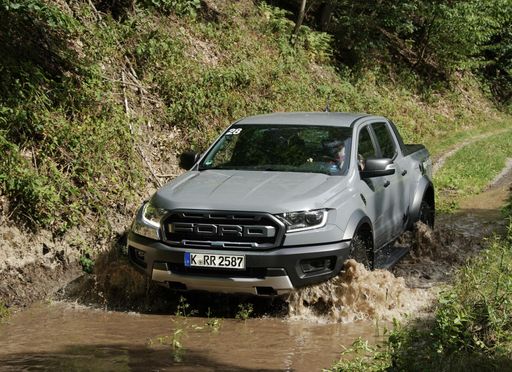 @ Ford Motor Company / Ford Media Center
@ Ford Motor Company / Ford Media Center
Ford Ranger
Costs and Consumption
View detailed analysis
Engine and Performance
View detailed analysis
Dimensions and Body
View detailed analysis
Ford Ranger
The Ford Ranger is a workhorse with the manners of a grown-up pickup—practical, tough, and surprisingly civilized on the road. It’s the sort of truck that laughs at mud on the weekend and performs like a sensible daily driver during the week, making it an easy sell for buyers who want capability without theatrics.
details @ Ford Motor Company / Ford Media Center
@ Ford Motor Company / Ford Media Center
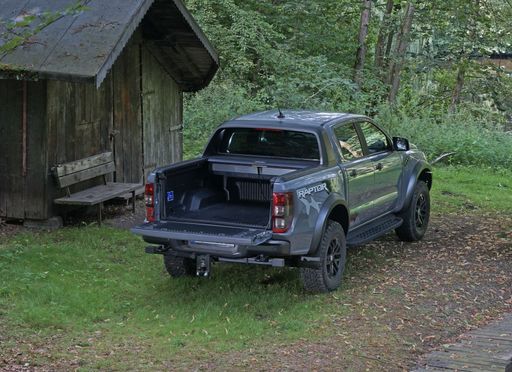 @ Ford Motor Company / Ford Media Center
@ Ford Motor Company / Ford Media Center
Subaru Forester
The Subaru Forester is a practical all-rounder that quietly does everything right, with roomy comfort, excellent visibility and a real fondness for weekend adventures off the beaten path. It won't set your pulse racing like a sports car, but for buyers who prize reliability, safety and sensible charm, it's a brilliantly steady companion with a cheeky streak.
details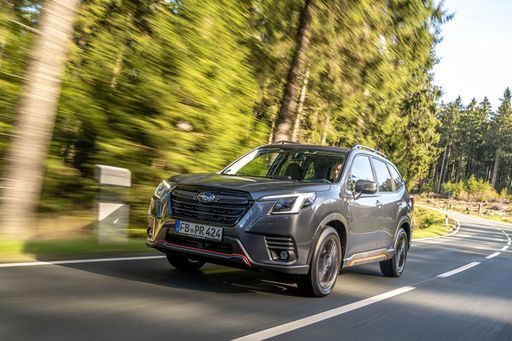 @ Subaru Corporation
@ Subaru Corporation
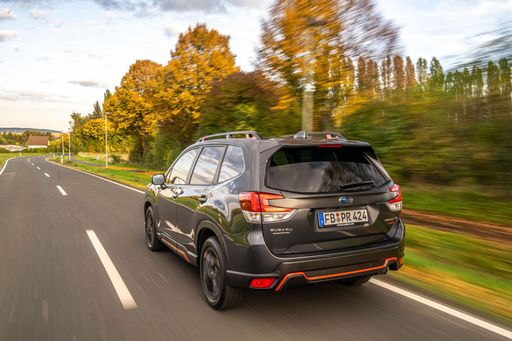 @ Subaru Corporation
@ Subaru Corporation
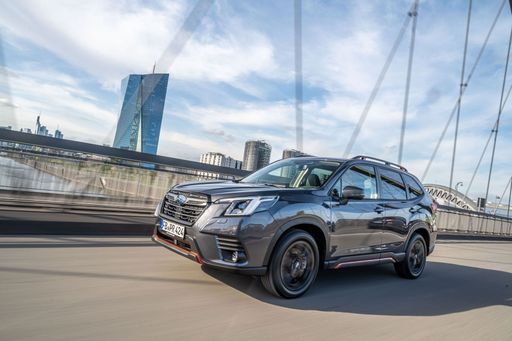 @ Subaru Corporation
@ Subaru Corporation
 @ Subaru Corporation
@ Subaru Corporation
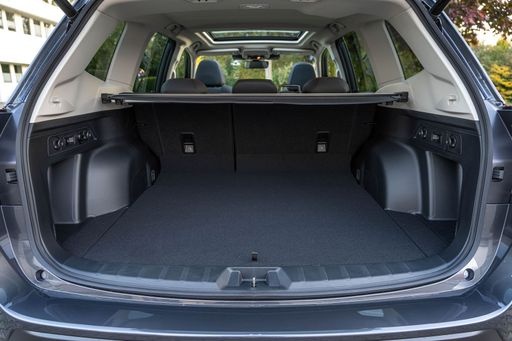 @ Subaru Corporation
@ Subaru Corporation
 @ Ford Motor Company / Ford Media Center
@ Ford Motor Company / Ford Media Center
|
 @ Subaru Corporation
@ Subaru Corporation
|
|
|
|
Costs and Consumption |
|
|---|---|
|
Price
37500 - 71900 £
|
Price
34700 - 42200 £
|
|
Consumption L/100km
3.1 - 13.8 L
|
Consumption L/100km
8.10 L
|
|
Consumption kWh/100km
-
|
Consumption kWh/100km
-
|
|
Electric Range
42 km
|
Electric Range
-
|
|
Battery Capacity
11.80 kWh
|
Battery Capacity
-
|
|
co2
70 - 315 g/km
|
co2
183 g/km
|
|
Fuel tank capacity
80 L
|
Fuel tank capacity
48 L
|
Dimensions and Body |
|
|---|---|
|
Body Type
Pickup
|
Body Type
SUV
|
|
Seats
2 - 5
|
Seats
5
|
|
Doors
2 - 4
|
Doors
5
|
|
Curb weight
2082 - 2511 kg
|
Curb weight
1693 - 1739 kg
|
|
Trunk capacity
-
|
Trunk capacity
508 L
|
|
Length
5370 - 5420 mm
|
Length
4670 mm
|
|
Width
1918 - 1968 mm
|
Width
1830 mm
|
|
Height
1868 - 1922 mm
|
Height
1730 mm
|
|
Max trunk capacity
-
|
Max trunk capacity
1679 - 1731 L
|
|
Payload
676 - 1108 kg
|
Payload
446 - 492 kg
|
Engine and Performance |
|
|---|---|
|
Engine Type
Diesel, Petrol, Plugin Hybrid
|
Engine Type
Petrol MHEV
|
|
Transmission
Manuel, Automatic
|
Transmission
Automatic
|
|
Transmission Detail
Manual Gearbox, Automatic Gearbox
|
Transmission Detail
CVT
|
|
Drive Type
All-Wheel Drive
|
Drive Type
All-Wheel Drive
|
|
Power HP
170 - 292 HP
|
Power HP
136 HP
|
|
Acceleration 0-100km/h
7.9 - 12.1 s
|
Acceleration 0-100km/h
12.20 s
|
|
Max Speed
180 - 190 km/h
|
Max Speed
188 km/h
|
|
Torque
405 - 697 Nm
|
Torque
182 Nm
|
|
Number of Cylinders
4 - 6
|
Number of Cylinders
4
|
|
Power kW
125 - 215 kW
|
Power kW
100 kW
|
|
Engine capacity
1996 - 2993 cm3
|
Engine capacity
1995 cm3
|
General |
|
|---|---|
|
Model Year
2022 - 2025
|
Model Year
2025
|
|
CO2 Efficiency Class
G, B
|
CO2 Efficiency Class
G
|
|
Brand
Ford
|
Brand
Subaru
|
What drive types are available for the Ford Ranger?
The Ford Ranger is offered with All-Wheel Drive.
The prices and data displayed are estimates based on German list prices and may vary by country. This information is not legally binding.
